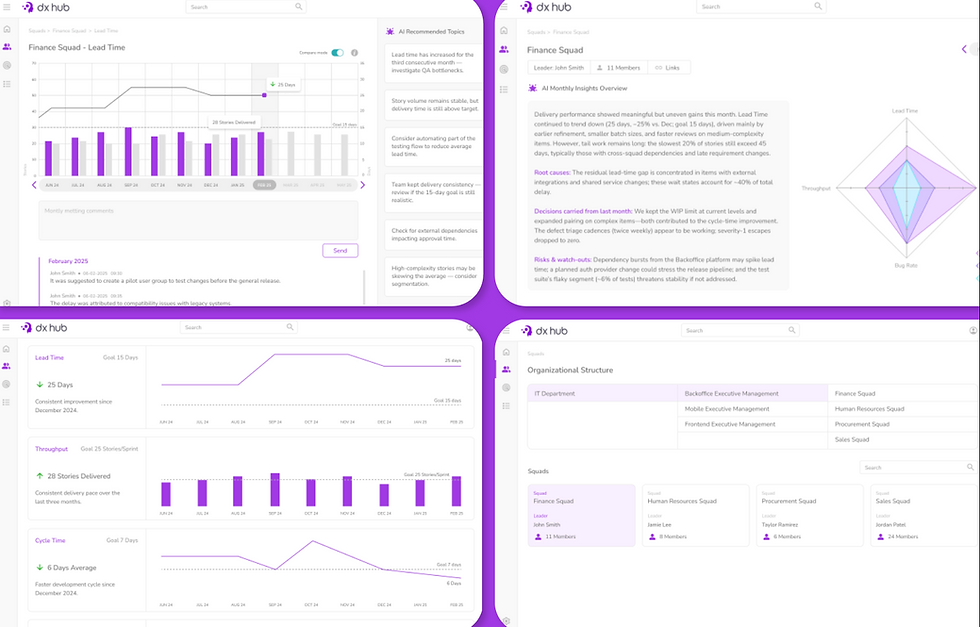Software Modernization Strategy
- Avalia

- Jul 10, 2024
- 3 min read
In one of our previous articles, we explored “legacy systems to modernization” and how it can be intimidating. Today we’ll be exploring a strategy to implement software modernization.

Securing the necessary resources for any IT project can be a daunting task, and software modernization is no exception. Typically, it falls on business units to provide this funding. But with finite budgets, every dollar must be carefully allocated based on solid business cases. This makes the decision to embark on a modernization journey a significant one.
The first step in crafting a compelling business case for modernization is to evaluate whether the anticipated benefits justify the investment. So, let's dive into some common drivers for modernization that can help determine its value.
First, let's talk about avoiding obsolescence. Many applications depend on middleware or services that can become prohibitively expensive or reach their end of life. Updating or replacing these dependencies is necessary to ensure continued functionality and support.
Next up, adopting new technologies. New versions of frameworks or runtimes can offer significant improvements in functionality and performance. For example, a newer version of a JavaScript framework like React might simplify state management, reducing the need for third-party dependencies and streamlining the development process.
Then there's enhancing code flexibility. Applications that are expected to evolve need adaptable code. Poorly structured code with confusing logic and inadequate test coverage can hinder future modifications. Refactoring the code to enhance its flexibility is a valuable modernization goal.
Boosting security is also a critical driver. Outdated frameworks or libraries pose significant security risks, as seen with recent vulnerabilities like Log4j. Modernizing the codebase to incorporate secure, up-to-date dependencies is crucial for maintaining robust security.
Sometimes, deciding between rewriting and refactoring an application becomes necessary. When dealing with complex, poorly documented code or when key developers have left the organization, rewriting the application may be the best option. This decision should involve stakeholders who understand the application’s current state, future goals, and the organization’s IT culture.
And let's not forget the importance of the right team. Having a team with the right mix of enterprise knowledge and innovative skills is vital. This ensures the project stays on track from the outset, avoiding costly missteps.
Linking modernization to business value is essential. Each reason for modernization must be tied to the value it brings to make a persuasive case for funding. While cost reduction is an obvious benefit, there are other ways to demonstrate value. Reducing operational burdens, for instance, is a common objective in an SRE culture. For legacy applications, the effort required to make changes can cause stagnation. Modernizing key applications in their portfolio reduced these costs by improving test coverage and decoupling functionality into standalone services.
Aligning with corporate strategy is another critical factor. Modernization projects that align with corporate strategies aimed at revenue growth or market expansion are more likely to secure funding. For example, migrating away from outdated technology not only reduces operational burdens but also enhances functionality and scalability, supporting strategic goals.
Considering application portfolios is also crucial. While the value of modernizing a single application might seem marginal, applying similar changes across a portfolio can amplify the benefits.
Even low-priority applications have a role. They can serve as testbeds for new technologies and practices, minimizing risks to more critical systems.
Assuming you’ve identified valuable modernization opportunities aligned with your organization’s strategic goals, the next step is to secure approval and assemble the right team. Success depends on aligning your modernization efforts with the enterprise’s culture and compliance standards. This requires a deep understanding of the organization’s inner workings and engaging the right stakeholders at the right time.
As always, if you want help with modernization, Avalia Systems is here to assist. Just ping us, and we'll help transform your legacy systems to meet your modern business needs.


